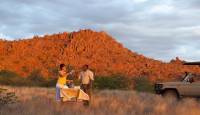Characterised by lush forests, vast floodplains and flowing rivers, the Caprivi Strip (newly renamed as the Zambezi Region) is a narrow panhandle in northern Namibia that extends 450km (280mi) eastwards between Botswana and Angola. It was named after the German Chancellor Leo Von Caprivi who negotiated the land with the United Kingdom in order to give Germany access to the great Zambezi River. Geographically distinct from the rest of Namibia, the Caprivi Strip’s high annual rainfall and thick vegetation support a range of diverse wildlife, making it a spectacular safari destination for locals and tourists alike.
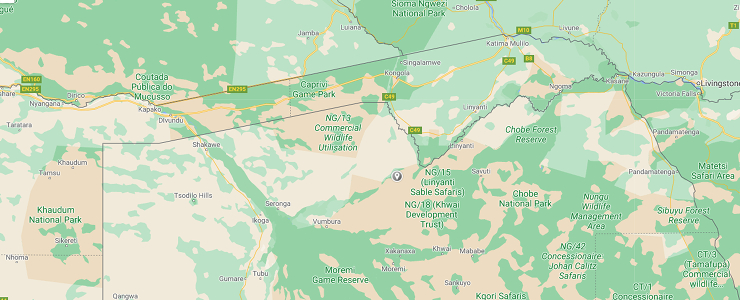
The unmarked borders between the Caprivi Strip, Botswana and Angola allow several animal species to roam freely amongst these regions namely hippo, crocodile and buffalo that are absent from the more famous yet drier parts of the country. Other animals such as elephant, leopard, and wild dog together with sable, roan and reedbuck antelope can also be seen traversing the land of the scenic Caprivi Strip. Safari activities such as guided game-drives and bush walks through the Bwabwata-National Park and the Nkasa Rupara National Park provide ample opportunity for guests to view such game up close.
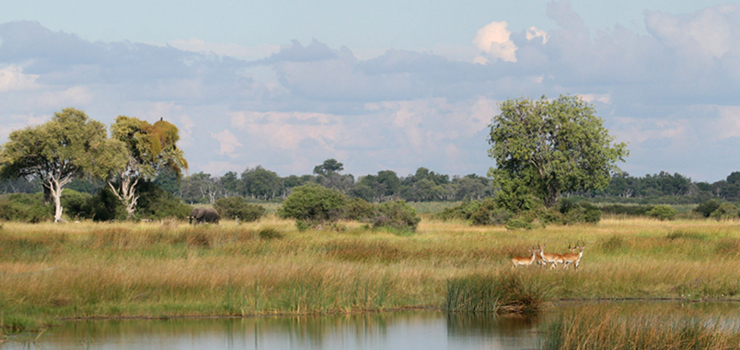
The birdlife in the Caprivi Strip is another fantastic attraction that makes the region so popular. With over 500 species to be spotted including the rare glossy ibis, bat hawk and African hobby, birding enthusiasts will be in their element as local rarities and birds-of-prey are in abundance.
The Kwando, Kavango, Chobe, Linyanti and Zambezi Rivers all flow through the Caprivi yielding a number of fish species such as the formidable tigerfish, African pike, three-spot tilapia and nembwe. The best way to experience these long, majestic waterways is to embark on canoe or pontoon tours, sunset cruises or fishing safaris offered by one of the many excellent lodges and river-side camps in the area.
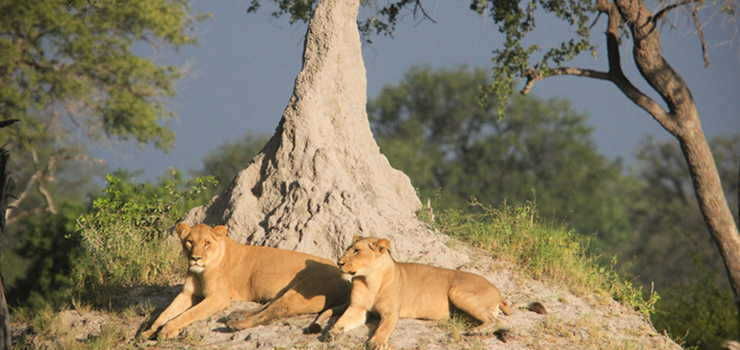
Much of the accommodation in the Caprivi region is set on the Namibian side of the Chobe River. From campsites and self-catering cottages that epitomise rustic simplicity, to luxury chalets and houseboats, these accommodation options are more water focused than their Botswana counterparts providing the perfect place to sit and watch the passing bird and animal life, right from the water’s edge.
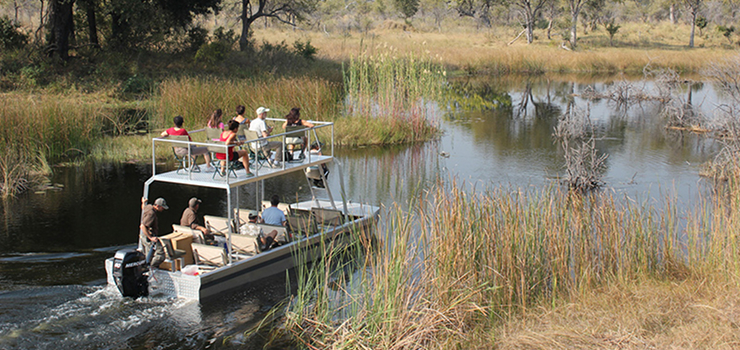
The dry winter months in the Caprivi run from May to October, making it the most optimal time of year for game-viewing. Here days are clear, temperatures are mild and the dense shrubbery and undergrowth begin to thin out, making it easier to spot game. The cooler climate that accompanies this season also makes outdoor activities more enjoyable as there is less rain and humidity present in the air. The wet summer season which runs from November to April sees daytime temperatures range between 31°C/ 88°F and 35°C/95°F. Although temperatures are at their highest during the wet season, frequent afternoon thundershowers often bring an element of relief, creating an opulent oasis of plant-life within the Caprivi. This is great for birding and boat-based safaris but often renders roads and camps inaccessible due to their remote locations.
